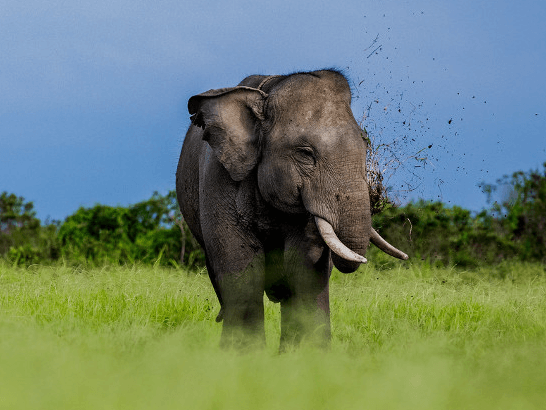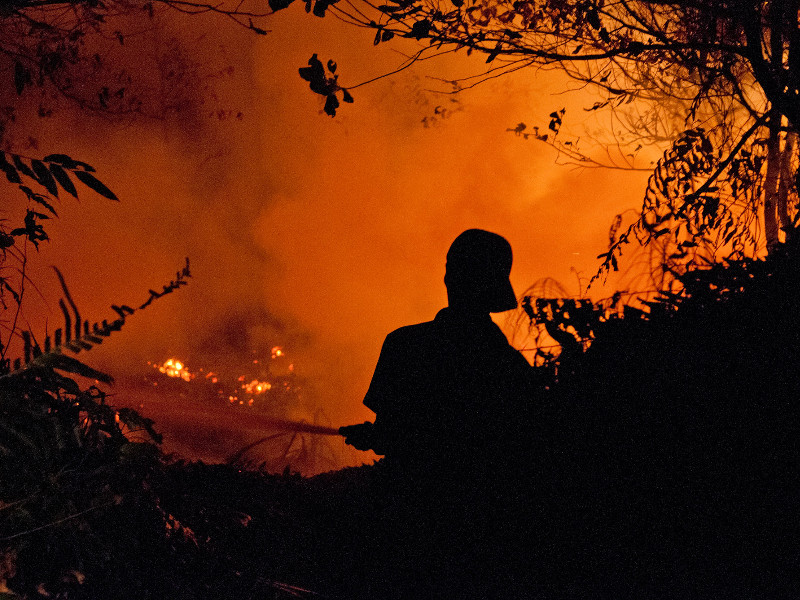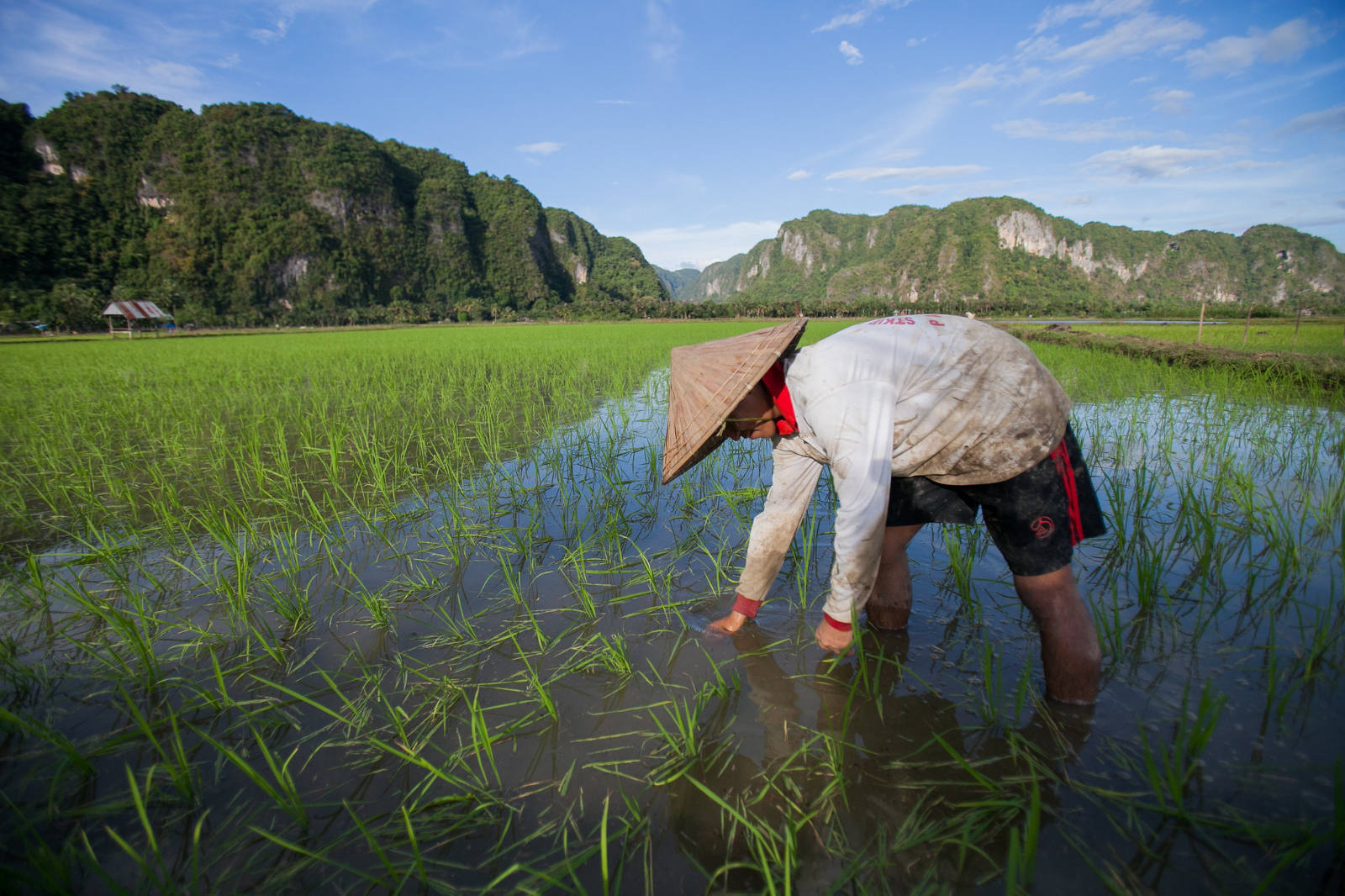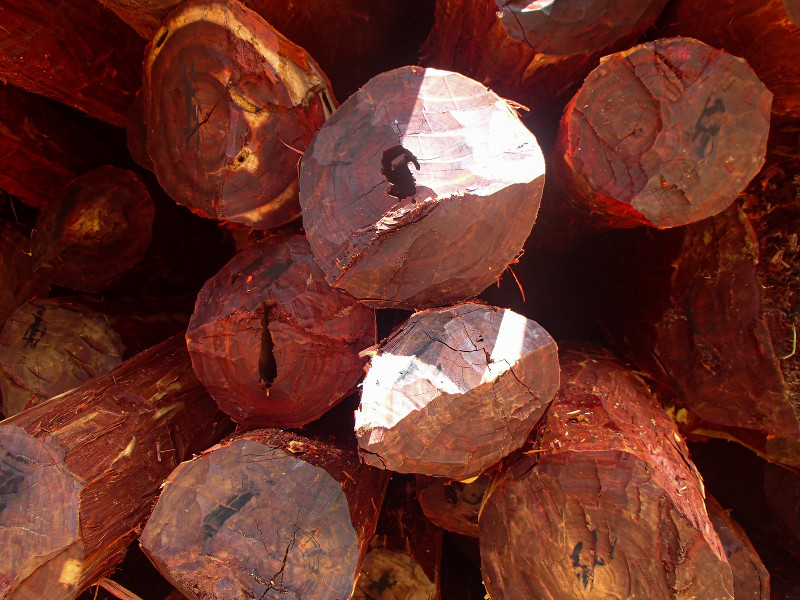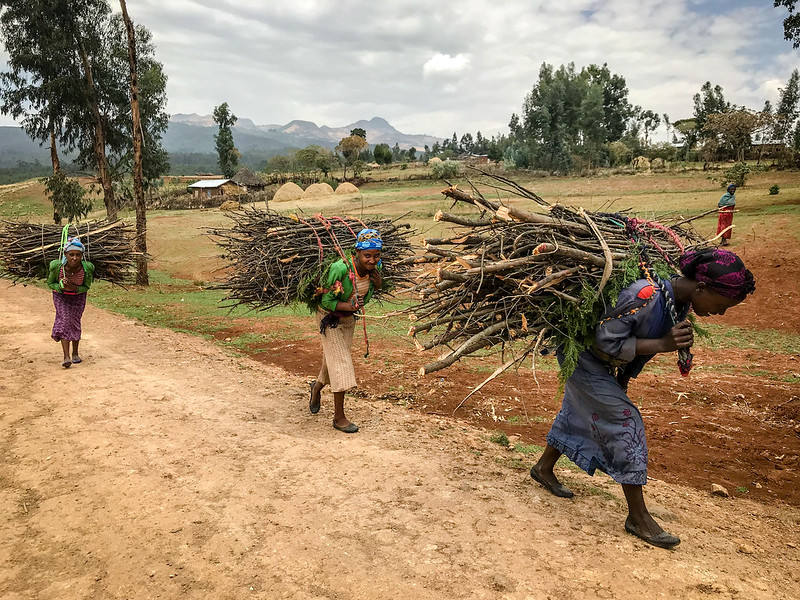Protected-area targets of 10% of a biome, of a country, or of the planet have often been used in conservation planning. The new World Database on Protected Areas shows that terrestrial protected-area coverage now approaches 12% worldwide. Does this mean that the establishment of new protected areas can cease This was the core question of the “Building Comprehensive Protected Area Systems” stream of the Fifth World Parks Congress in Durban, South Africa, in 2003. To answer it requires global gap analysis, the subject of the special section of BioScience for which this article serves as an introduction. We also provide an overview of the extraordinary data sets now available to allow global gap analysis and, based on these, an assessment of the degree to which existing protected-area systems represent biodiversity. Coverage varies geographically, but is less than 2% for some bioregions, and more than 12% of 11,633 bird, mammal, amphibian, and turtle species are wholly unrepresented. The global protected-area systems are far from complete.
DOI:
https://doi.org/10.1641/0006-3568(2004)054[1081:CPBTGP]2.0.CO;2
Dimensions Citation Count:
054[1081:CPBTGP]2.0.CO;2&apiKey=3948bb216041dbffcb29a618defafc29&httpAccept=image%2Fjpeg)











